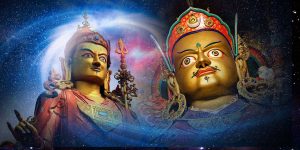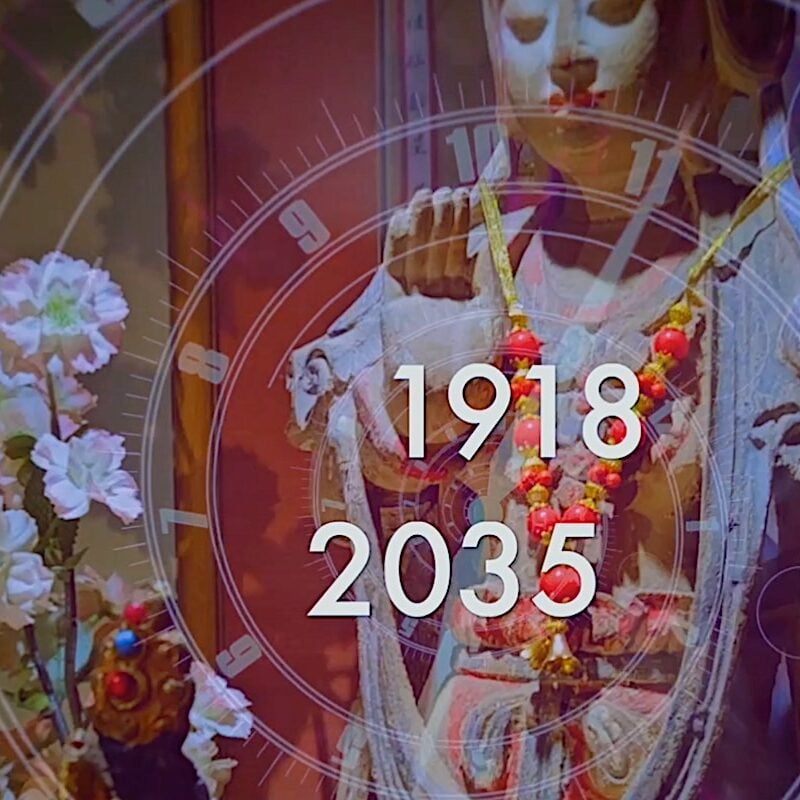Tashi Delek! Happy LOSAR! Tibetan Lunar New Year Feb 28, 2025, Year of the Wood Snake; how to prepare, how to celebrate to bring auspicious blessings
TASHI DELEK, HAPPY LOSAR — YEAR OF THE WOOD SNAKE. In this feature we highlight ways to bring in the most auspicious dragon year possible.

On the Tibetan Lunar Calendar, Losar — New Year! — falls on February 28, 2025
NOTE: Chinese Lunar New Year is one month earlier, due to the different method of calculating. Tibetan calendar is pure lunar, while Chinese calendar is luni-solar.
TASHI DELEK!
This Losar, on February 28, 2025, marks the first day, the first month of the year 2151, and the beginning of the Chothrul Duchen celebrated for 15 days to honor the 15 miracles of Buddha Shakyamuni.
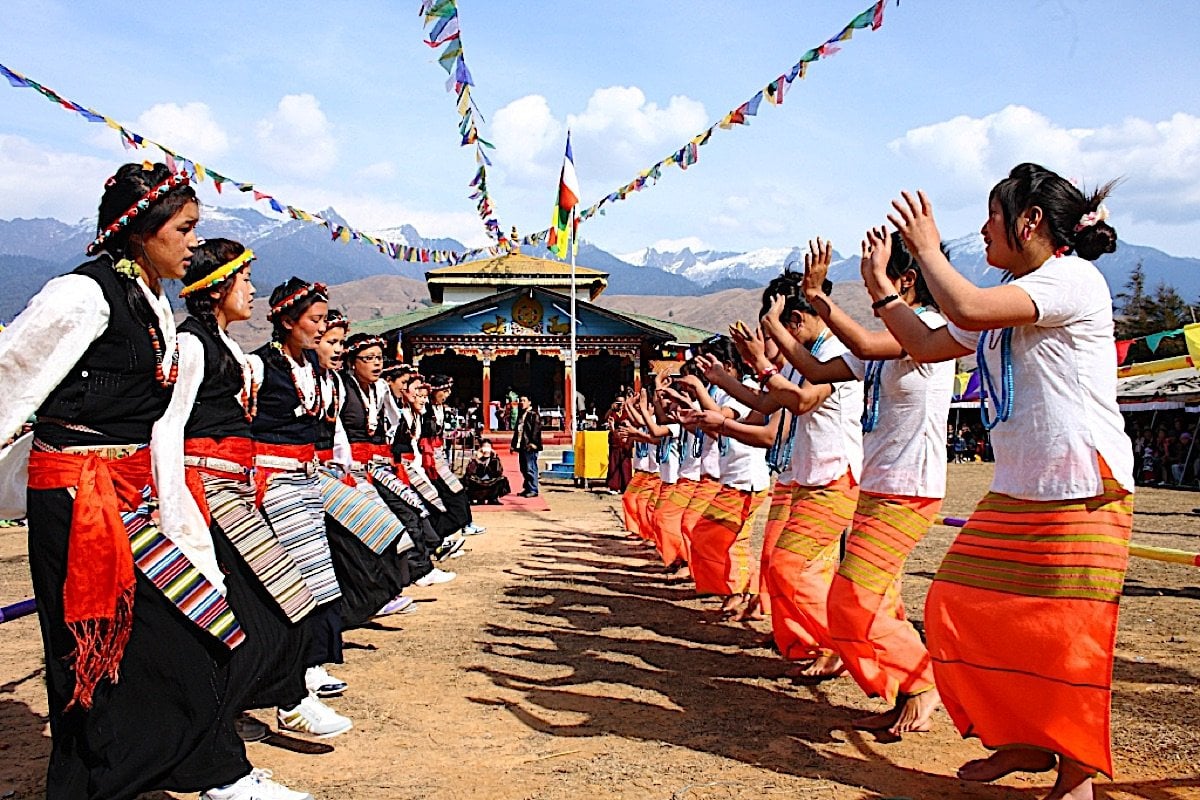
What is LOSAR and why is it celebrated?
Losar marks the start of the Year of Wood Snake is an exciting time with all sorts of fun festivities and traditions! It is also a meritorious Dharma celebration, as it is the first of 15 Days of Miracles of the Buddha. [See our features on the 15 Days of Miracles and Chothrul Duchen, the Day of Miracles.]
According to Lama Zopa Rinpoche, citing the Vinaya text Treasure of Quotations and Logic, Karmic results of all activities on Holy Days (including the 15 Days of Miracles) are multiplied one hundred million times. [1]
A Special Practice for LOSAR and the first 15 Days of the Lunar Year (February 28-March 14) to bring Protection, Purification and Long Life to your new year (turn on CC to chant along and download the PDF of the practice here>>):
This is especially the best time of the year for generosity, offerings, and charity since the merit is multiplied so significantly. It is important to bring in positive merit at the beginning of the year to set a “positive karma” tone for the year, and to help bring in auspiciousness for all beings.
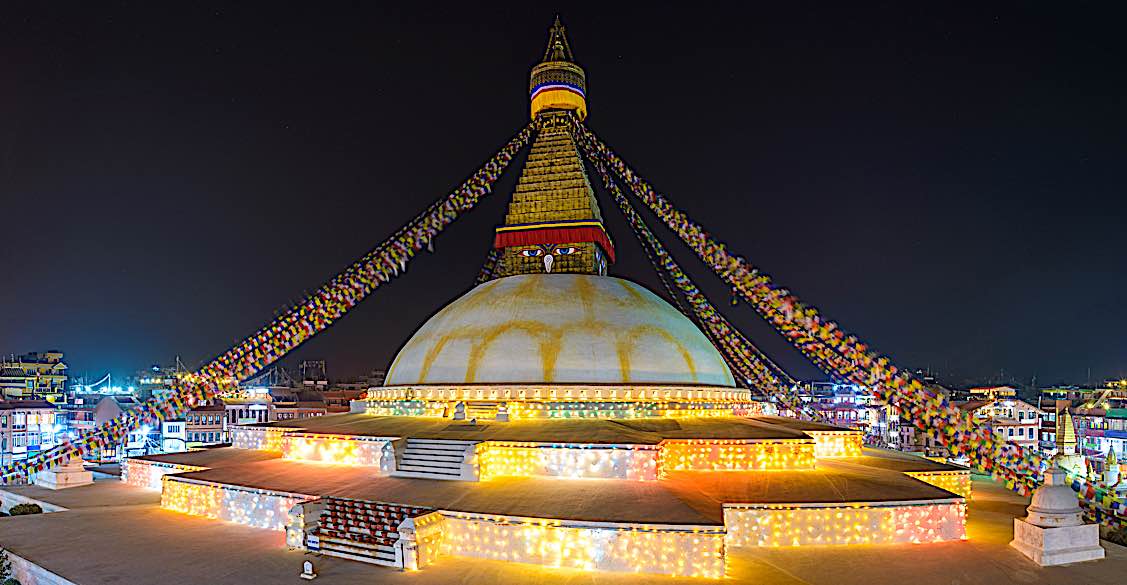
15 Days of Miracles
LOSAR is also the beginning of the celebration of the 15 miracles of Shakyamuni Buddha, which culminates 15 days later with Chothrul Duchen, the “Day of Miracles.” — on of the most sacred of the Holy Days of Buddha. There are four very special Holy Days, of which Chothrul Duchen is the first in the new year:
- Days 1–15 of Month 1 (lunar) 15 Miracles of Buddha: Lord Buddha performed 15 miracles to increase faith; the 15th day marks especially is celebrated as the Day of Miracles.
- Day 15 of Month 4: Lord Buddha’s birth, enlightenment and parinirvana
- Day 4 of Month 6: Lord Buddha’s first teaching.
- Day 22 of Month 9: Lord Buddha’s actual descent from God Realm of Thirty-three.
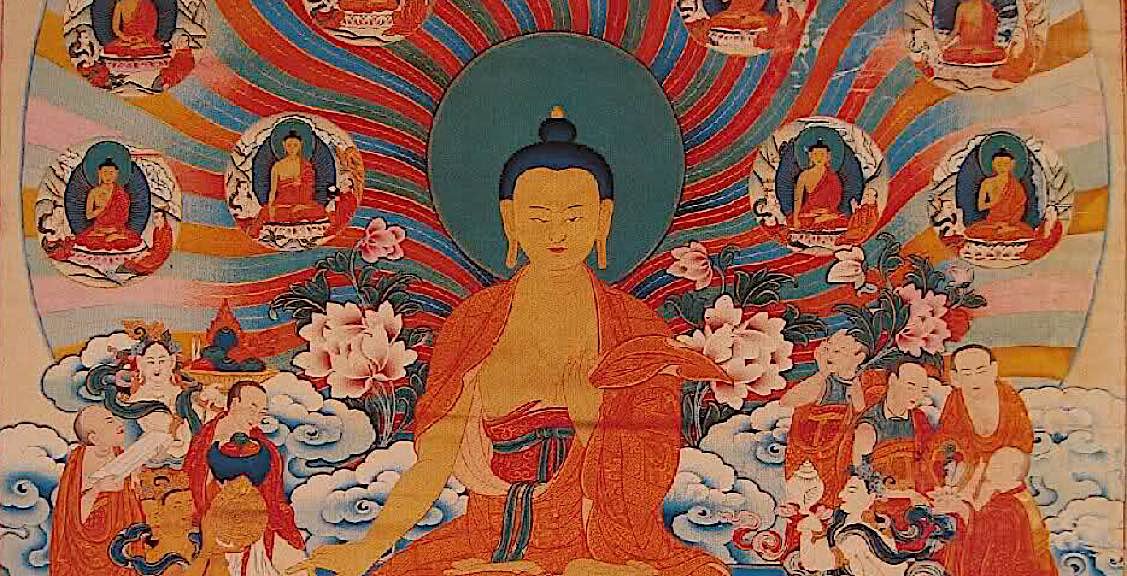
Losar itself is celebrated not only on the first day of the Tibetan Lunar New Year (this year February 28, 2025) but for the first 15 days of the year, celebrating the 15 miracles of the Buddha.
During that time, it is traditionally celebrated with temple visits, ceremonies, offerings, meditation, dancing, feasts and plenty of merrymaking with family and friends.

Everyone enjoys Losar because it offers a chance to come together and enjoy food, music and games – what could be better? We also set our minds on an auspicious and healthy year ahead.
So get ready to welcome in Losar – it will definitely prove to be an enjoyable occasion — and it is our opportunity to bring in the auspiciousness traditionally associated with Rabbit years!
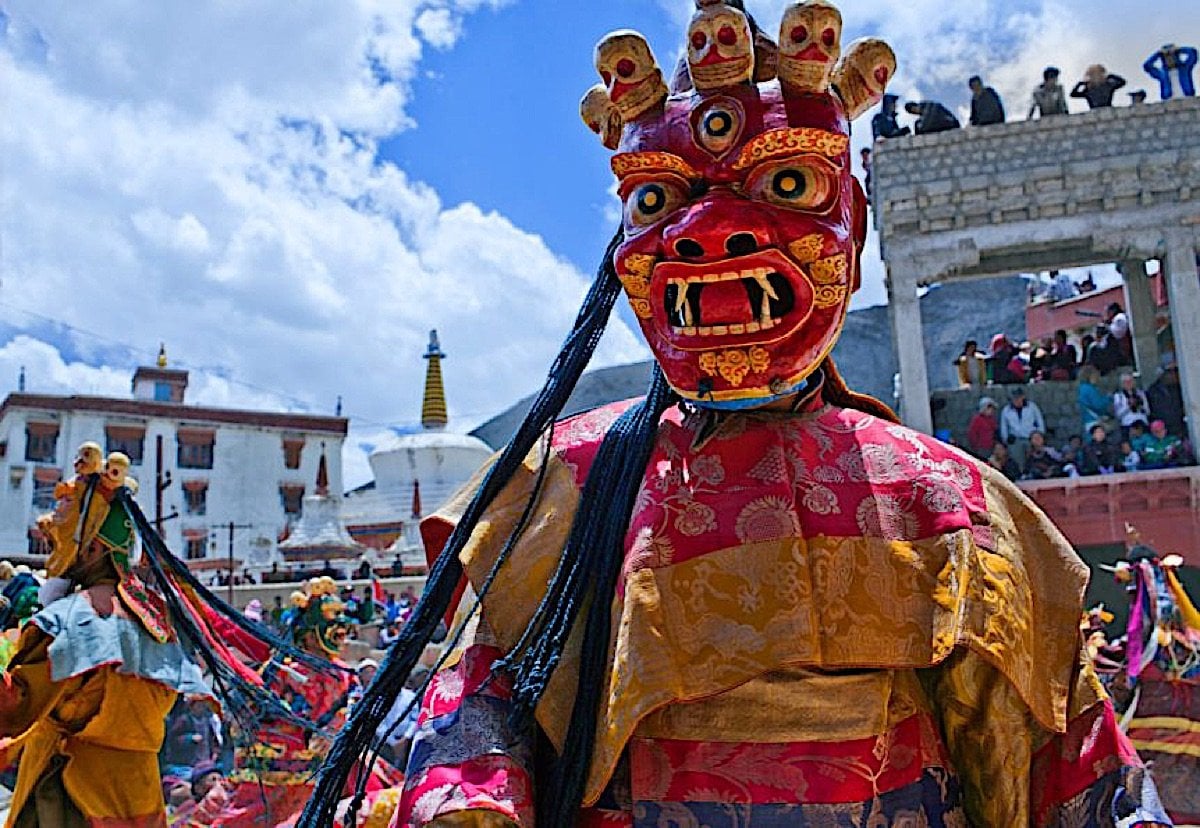
How do we prepare for Tibetan New Year, before actual Losar?
Before Tibetan New Year, or Loosar, arrives it’s important to prepare! To mark the end of the old year and beginning of the new one, it is important to clean the home and create a relaxed environment. Shopping for food, clothes and traditional decor also sets tibetan households into a festive spirit.
Gutor Mahakala Cham video:
Families often buy special cuisine like momos or sel roti for celebration treats! People decorate their yards with colorful prayer flags and hang garlands made from wildflowers. On New Year’s Eve there is even more hustle as family members finish (or start!) preparations for big feasts and gatherings. With good tidings and wishes of joy by candlelight, it’s time to count down until Tibetan New Year though we are never done with preparing… Losar is made up of fifteen days of celebrations after all!

15 Days Before New Year
Preparing for the actual day is often more involved than the celebrations! (For preparations, see below.)
Running up to New Year, Tibetan Buddhists especially, undertake purification practices, especially Vajrasattva and other practices in the last 5 days of the old year — that help us remove obstacles, negative karmas, and situations going into the New Year.
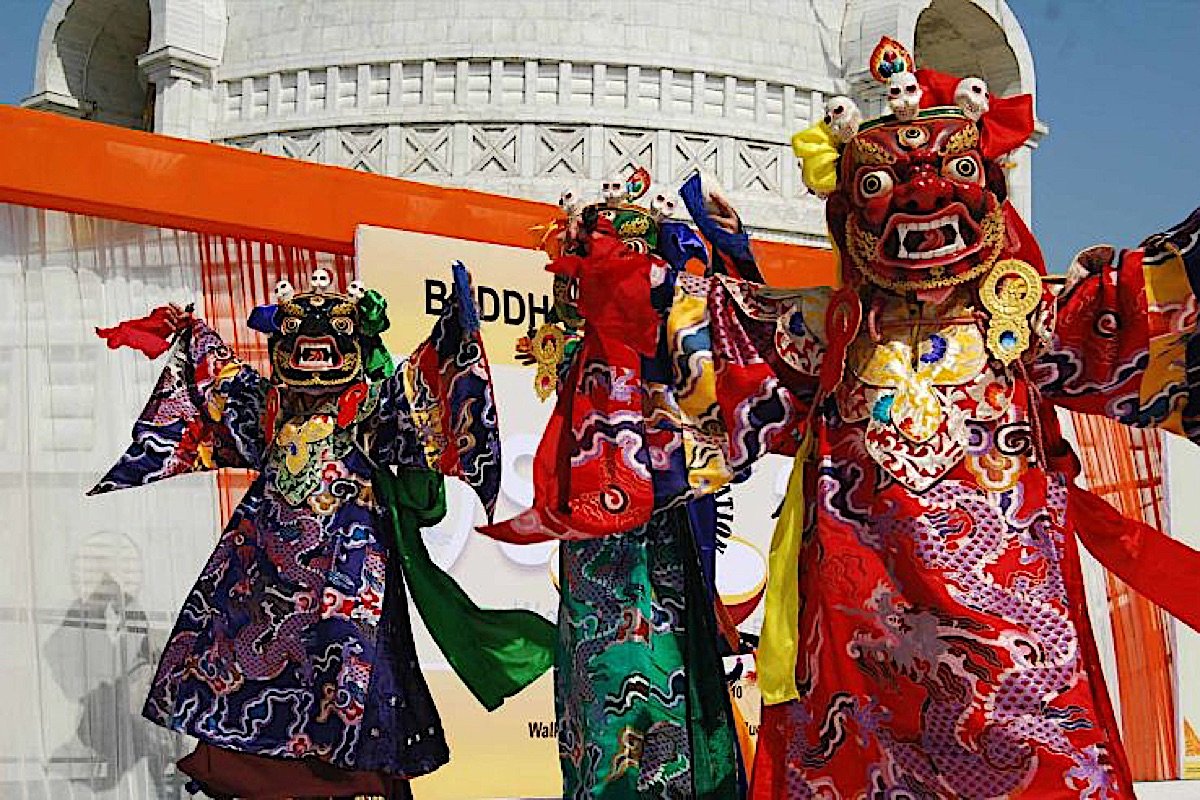
Traditionally, celebrants will prepare for Losar by
- Cleaning their houses (sweeping away the misfortunes of the previous year) — before New Year. It is not considered lucky to sweep for the first few days of the actual New Year as you might (sweep away the new good luck.)
- Buddhist monasteries and gompas will perform rituals on this last day, the famous mask dances, which symbolically drive away the negative forces of the old year.
- Traditionally, a person should not clean their house for the first few days of Losar to symbolically preserve the luck.
- Serious Buddhists might spend the last five or more days on purification practices such as Vajrasattva and Vajrakilaya. There will often be protector pujas, for example to Palden Lhamo, the great protectress of Tibet and the Dalai Lama. [More about Palden Lhamo here>>]
- In monasteries and traditional Tibetan Buddhist areas, Cham Dance is typically performed during Losar — a special Buddhist ritual dance that is performed in order to drive away evil spirits. See our feature on Cham Dance>>

What are some of the traditions associated with LOSAR, and how can you participate even if you’re not Tibetan Buddhist yourself?
If you’re feeling a bit left out when it comes to celebrating traditional Tibetan Buddhist festivities, then Losar is the perfect celebration to get involved in!
Everyone can participate in this exciting event. It’s the traditional New Year for Tibetans and marks the beginning of their new year. It also marks 15 sacred days — but even if you’re not Buddhist, you can enjoy the festivities which range from traditional ceremonies to feasting to music, concerts and dance celebrations. If you have an opportunity to watch a traditional Cham Dance, don’t miss it!

Many celebrants share food with their friends and family or indulge in the ceremonial tsampa, an average dish of roasted barley flour mixed with butter and tea.
Astronomical observations act as a common tradition throughout LOSAR as well, which involve looking at the first sunrise, and often checking out your lunar horoscope for the year ahead.
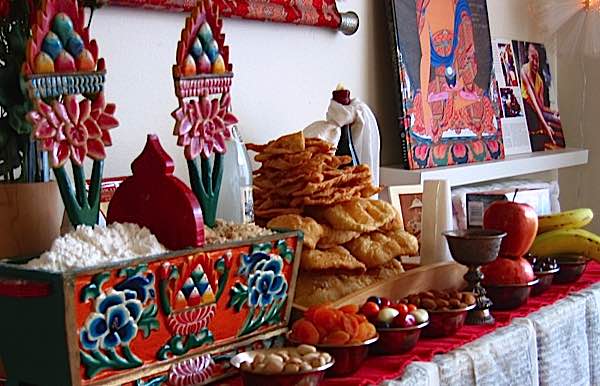
Tashi Delek! “Auspicious Wishes!”
Other traditions include exchanging gifts and wishing loved ones good luck during this time, offering khatas to older relatives, phoning all your family and friends even if you can’t see them to wish them well, with a hearty “Tashi Delek” (བཀྲ་ཤིས་བདེ་ལེགས) — which can translate as “auspicious wishes.”
Colourful Gorshey dancing (circle dancing):
What are some of the best ways to celebrate LOSAR 2023, whether you’re in Tibet or elsewhere in the world?
Celebrating Losar 2023 can be a blast, no matter where you are in the world! Think of Losar 2023 as an occasion to celebrate friendships and come together as one no matter which corner of the world you reside in!

On New Year’s Day, people usually wake up early and take a bath before donning new clothes. Afterward, they traditionally place offerings of dough called Torma on the family shrines to begin their annual praying ceremony. The creative designs created from this special pastry make for an exciting experience!
Usually, the family will come together to enjoy a celebration dinner, offering presents and tokens of appreciation. In Tibetan households, Kapse cake and Chang alcoholic drink are customary items served during this meal.
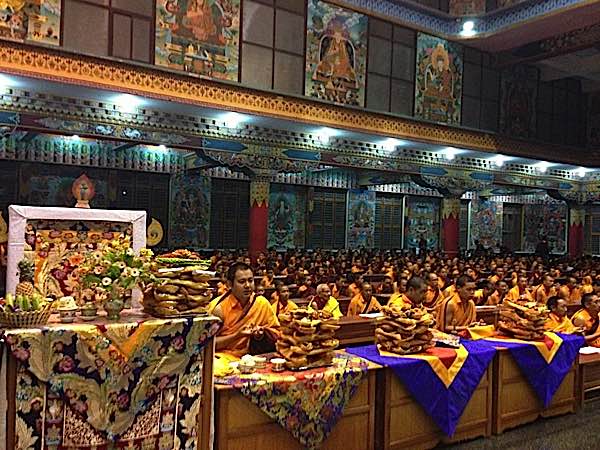
Traditionally, everything should be symbolically new — new clothes, new food (no leftovers!), new enthusiasm for the year ahead.
On the second day of Gutor, a multitude of religious rituals take place — the first day of the year is mostly family, the second day is for Dharma practice and to honor the Sangha. People are encouraged to honor and respect their teachers, Rinpoches, guides, and the monk and nun community by making donations to local monasteries, Dharma centers are other groups that help propagate Dharma.

LOSAR Shrine Offerings
If you have a shrine, replace all offerings with fresh and elaborate new offerings.
The most iconic culinary item featured during Losar is the scrumptious New Year deep-fried cookies known as khapse — which make ideal shrine offerings as well! For offering, you will usually find piles of different types of khapse and often multi-colored candies. To make a stunning display for their shrines, we often adorn them with an abundance of cookies, candies, fresh fruit, and dried fruits to create aesthetically pleasing arrangements that are teeming with freshness.
All the “sensory” offerings should be as elaborate and fresh as possible to signify your generous offerings and help bring in an auspicious year, especially
- tea
- flowers
- beautiful objects
- sounds (try looping some celebratory music or mantras on a player)
- light — plenty of bright lights and cheeriness
- khatas (white scarves) which can be placed around statues or other objects on your shrine.
- seven (or eight) bowls of water to symbolize the sensory offerings (or, ideally, multiple rows of water bowls!) Waters represent purity and blessings.
Traditional Losar Songs:
Seven (or eight) bowls of water represent the seven sensory offerings (or eight if you include “sound”) which reflect how we welcome guests to a dinner:
- Argam: water for drinking
- Padyam: water for washing
- Pushpe: flowers
- Dhupe: scents or incense
- Aloke (or Dipe): lights or butter lamps
- Ghande: scented water or perfume
- Naividya: food
- Shabda: sound (this one is isn’t always a bowl, since we make sounds when we pray, celebrate and recite mantras.
The ultimate offering is your own Dharma practice and activities.

NOTES
[1] Tibetan Calendar 2023 FMPT, quoting Lama Zopa Rinpoche.
More articles by this author

Guru Rinpoche is ready to answer and grant wishes: “Repeat this prayer continuously” for the granting of wishes
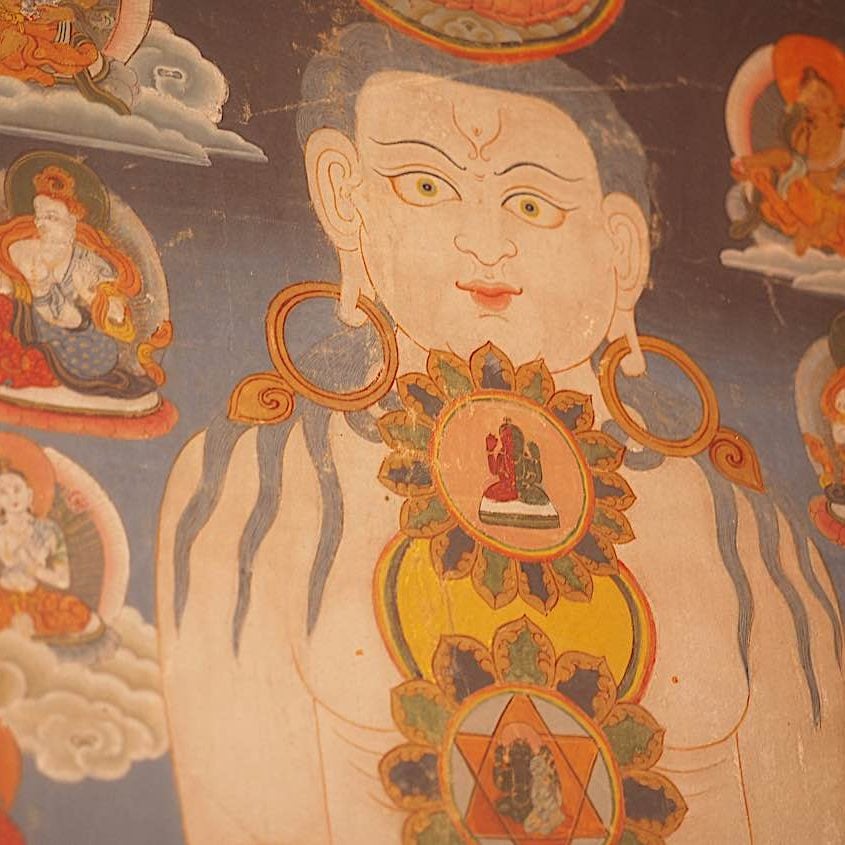
Buddhist body mandala practice in Vajrayana Buddhism — and riding the winds of the inner body “The prana goes where the mind goes.””
Search
Latest Features
Please support the "Spread the Dharma" mission as one of our heroic Dharma Supporting Members, or with a one-time donation.
Please Help Support the “Spread the Dharma” Mission!

Be a part of the noble mission as a supporting member or a patron, or a volunteer contributor of content.
The power of Dharma to help sentient beings, in part, lies in ensuring access to Buddha’s precious Dharma — the mission of Buddha Weekly. We can’t do it without you!
A non-profit association since 2007, Buddha Weekly published many feature articles, videos, and, podcasts. Please consider supporting the mission to preserve and “Spread the Dharma." Your support as either a patron or a supporting member helps defray the high costs of producing quality Dharma content. Thank you! Learn more here, or become one of our super karma heroes on Patreon.
Lee Kane
Author | Buddha Weekly
Lee Kane is the editor of Buddha Weekly, since 2007. His main focuses as a writer are mindfulness techniques, meditation, Dharma and Sutra commentaries, Buddhist practices, international perspectives and traditions, Vajrayana, Mahayana, Zen. He also covers various events.
Lee also contributes as a writer to various other online magazines and blogs.






